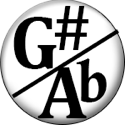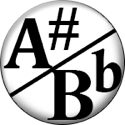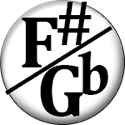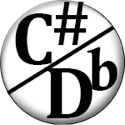Pentatonic Scales Sequences, Part 2
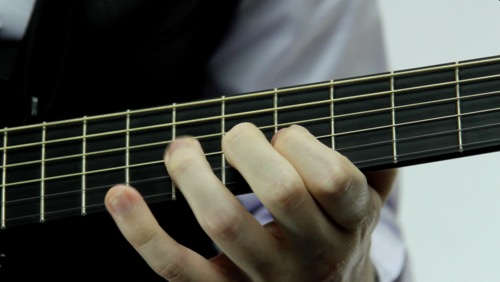
Hi. This is Hub Guitar.
We're going to practice some sequences using the pentatonic scale in different beat groupings. By organizing the scale with different beat groupings, we can create different sequences. Once you practice these enough I think you'll start noticing them in the music you listen to, and you'll find them to be a powerful way to move through the scales.
If you have trouble hearing any of these beat patterns, stop and make sure that you can count them out by yourself or with a metronome. So I'm gonna give you an example of that very quick. So I'm gonna put a metronome on 80bpm. Actually let's do 70. So I've got a metronome on 70bpm.
Then, you can try picking the patterns with just one string to make sure you feel comfortable picking them.
The first pattern uses a grouping of three. So this forms a triplet from every note.
The second pattern is sixteenth notes. Also fairly common. This groups the notes into 4.
The next pattern uses a sixteenth note quintuplet. This is not a very common pattern. You may need to count this out carefully before you can play the exercise.
The last pattern uses sixteenth note triplets. The easiest way to think of this is as a group of two triplets.
Once you've got that down, you'll want to try these with every pentatonic pattern. And by doing that you'll really get these patterns under your fingers.
These sequences will help you improve your technique and get the pentatonic scales “under your fingers,” allowing you to use them more productively and creatively.
Moving By Beat Grouping
In this technique, we choose a number as a beat grouping: for instance, the number “3”; then, we play a group of three notes beginning on the first note of the scale. Next, we play another group of three notes starting from the second note of the scale, and so on. This technique is commonly used, especially in beat groupings of three. However, why stop there?
First, let’s play the scale as a warm-up.
A minor pentatonic scale
3-note sequence

4-note sequence

5-note sequence

6-note sequence

Notice that each beat grouping is sub-divided from a single beat. In other words, if your metronome is clicking a solid beat, you’d play three notes per beat for the 3-note example and so forth until you were playing six notes per beat in the final example. That means this exercise gets faster and faster.
Key Tasks
- Practice: Using a metronome, practice this pattern. Keep increasing the speed of the metronome until you reach your limit. In time, your limit will increase—and your rhythm will be improving, too.
- Challenge: Continue this pattern to 7, 8 or even more notes.
- Step further: Create your own scale patterns for groups of 3, 4, 5, 6 or 7 notes. By considering the number of notes carefully, you can develop many patterns that are easy to play for one number of notes but difficult to play for another number. For example, a 6-note pattern could be played more easily using 3 notes per string, and sticking to two strings only.
 As the creator of Hub Guitar, Grey has compiled hundreds of guitar lessons, written several books, and filmed hundreds of video lessons. He teaches private lessons in his Boston studio, as well as via video chat through TakeLessons.
As the creator of Hub Guitar, Grey has compiled hundreds of guitar lessons, written several books, and filmed hundreds of video lessons. He teaches private lessons in his Boston studio, as well as via video chat through TakeLessons.




